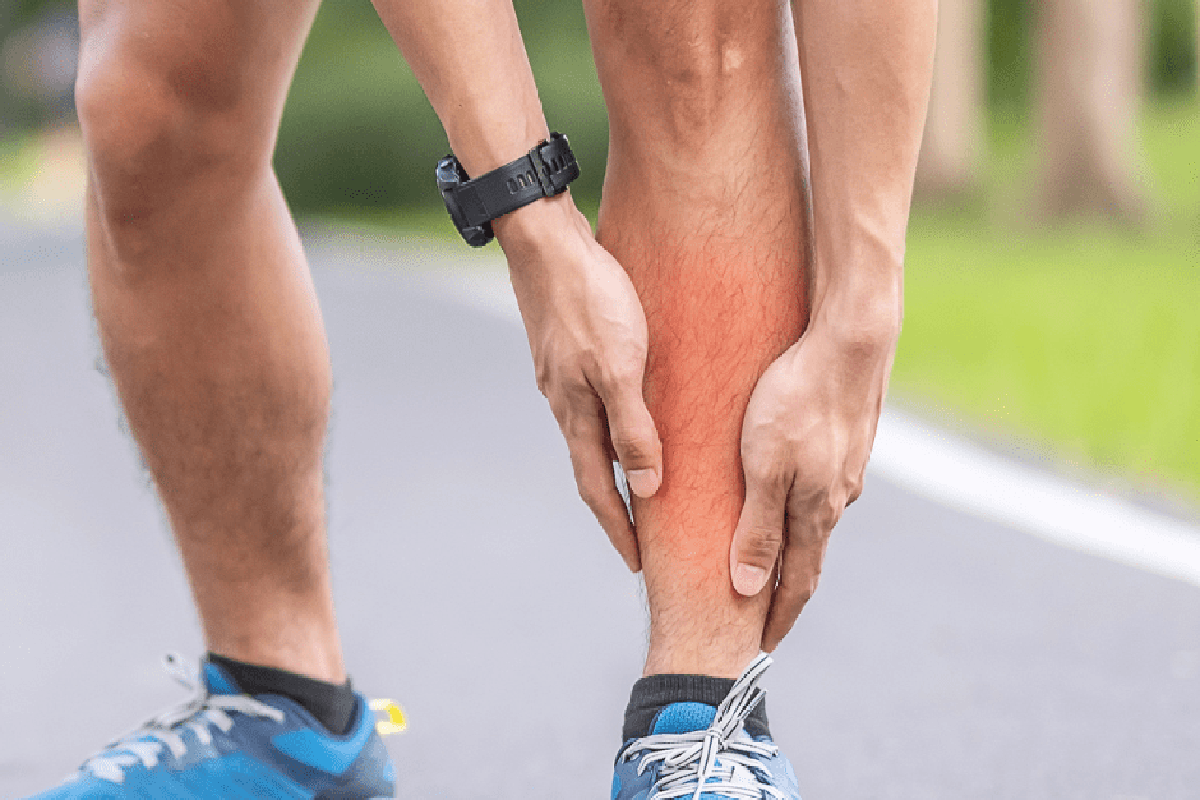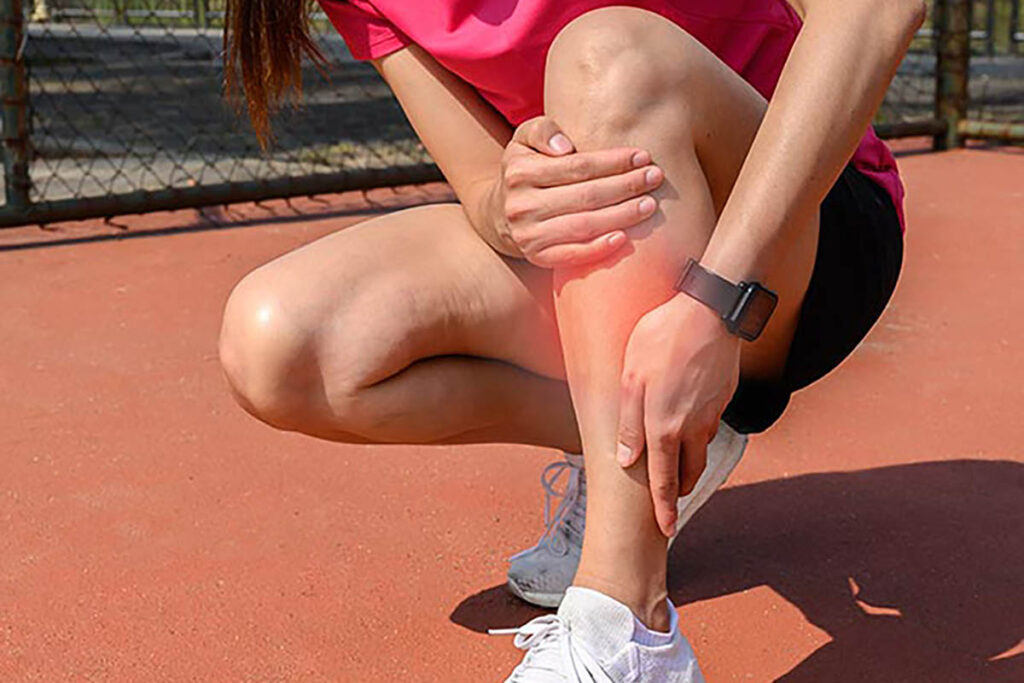Understanding Shin Pain
Shin pain during running is often indicative of a condition known as shin splints, or medial tibial stress syndrome. This condition mainly affects runners and is characterized by pain along the lower leg, particularly in the front area near the tibia. The pain typically arises from overuse, leading to inflammation of the muscles, tendons, and bone tissue around the shin.
Causes of Shin Pain
Shin splints are primarily caused by repeated stress on the shinbone due to running, especially when one suddenly increases training intensity or mileage. Other contributory factors include inadequate footwear, running on hard surfaces, and muscle imbalances in the lower leg. Additionally, individuals with flat feet or high arches may also experience shin pain due to improper foot mechanics during running ((6)) ((8)).
Symptoms to Identify
The most common symptoms of shin splints include dull pain or aching along the front of the shins, tenderness to the touch, and pain that worsens during physical activity. Mild swelling may also be present. As the condition progresses, pain may become persistent, even during rest periods ((111)) ((118)).
Treating Shin Pain
The primary treatment for shin pain involves rest and a reduction in physical activity to allow for healing. Applying the RICE method—rest, ice, compression, and elevation—can help alleviate symptoms. Over-the-counter anti-inflammatory medications may also be recommended to reduce pain and swelling. Consultation with a physical therapist may provide tailored exercises to strengthen the muscles supporting the shin ((10)) ((49)).
Preventive Strategies
To prevent shin pain, consider implementing several strategies:
Choose appropriate footwear that supports your arches and fits well to reduce stress on your shins ((63)).
Follow the 10% rule by increasing your running mileage gradually, ensuring that weekly increases do not exceed 10% ((16)) ((65)).
Incorporate strength training for the hips and core to improve overall body mechanics and reduce the risk of overuse injuries ((68)).
Warm up properly and engage in dynamic stretching before each running session to prepare your muscles ((13)).
When to Seek Medical Attention

If shin pain persists despite rest and self-care measures for more than a few weeks, or if symptoms worsen, it is essential to consult a healthcare provider. Prolonged shin pain may lead to more severe conditions, such as stress fractures, which require professional intervention for proper diagnosis and treatment.
Alternative Activities During Recovery
While recovering from shin pain, runners can engage in low-impact activities that do not exacerbate the condition, such as swimming, stationary cycling, or specific resistance training exercises. These alternative exercises can help maintain cardiovascular fitness and muscle strength while allowing the shins to heal ((20)) ((22)).
Final Thoughts
Shin pain during running is a common concern but can often be managed effectively with appropriate care and preventive measures. By understanding the causes, symptoms, and treatment options, runners can make informed choices to protect their leg health and enhance their running experience.
Conclusion
Shin pain during running, commonly referred to as shin splints, is a prevalent issue among athletes, particularly runners. Understanding the causes, symptoms, treatments, and preventive measures can help runners effectively manage and reduce their risk of developing this painful condition. Strategies such as proper footwear, gradual mileage increases, and active recovery methods can significantly enhance a runner’s experience while minimizing the risk of shin pain.

